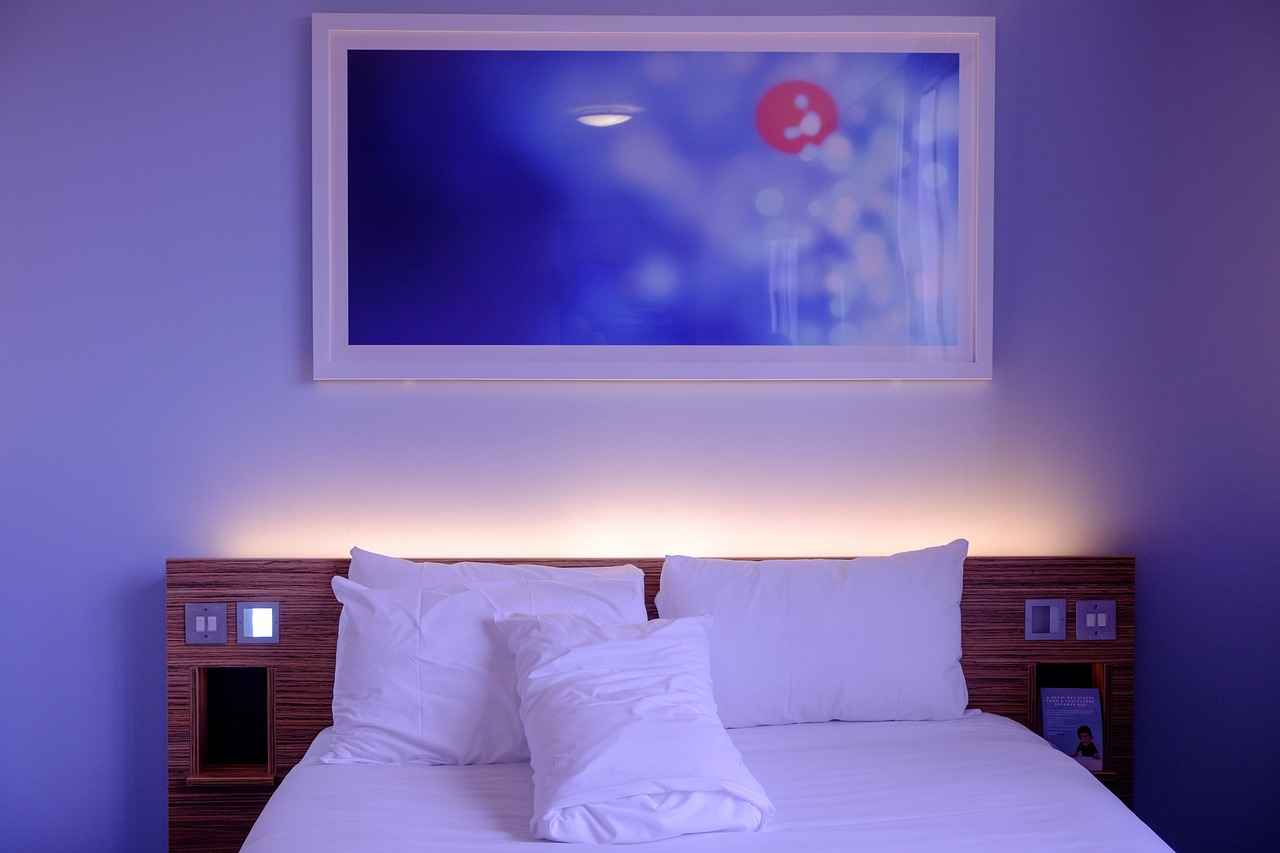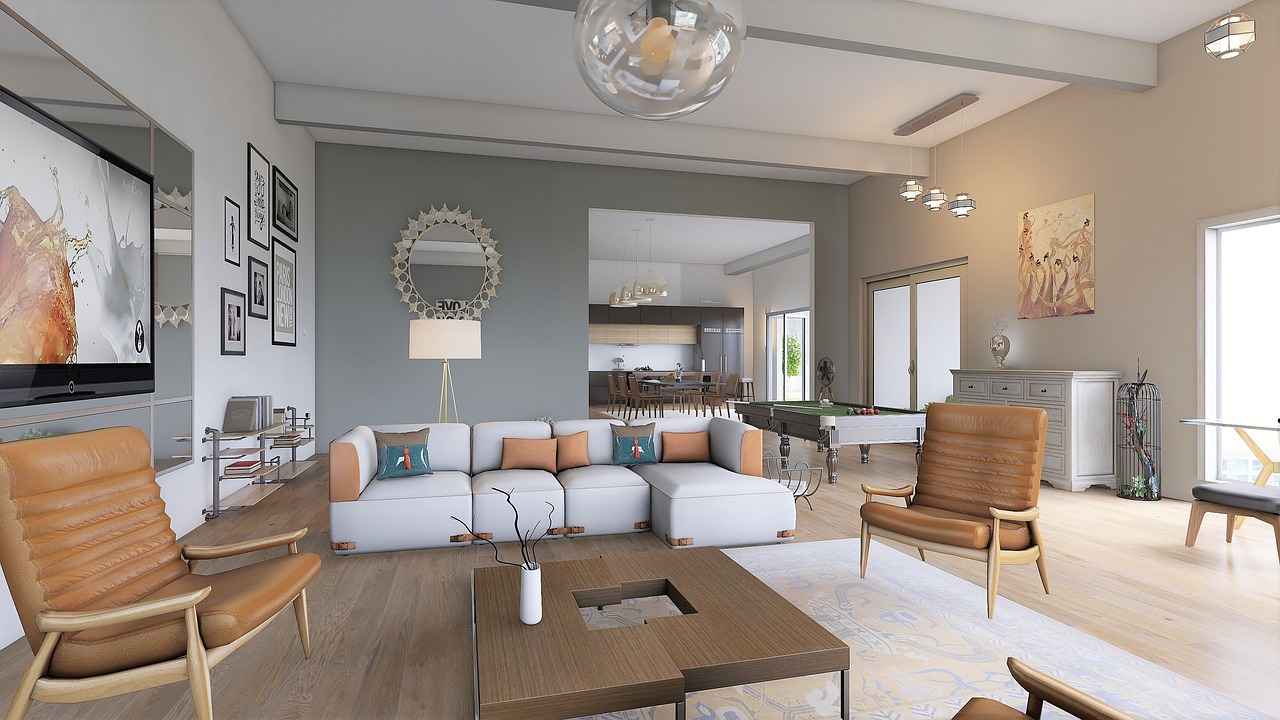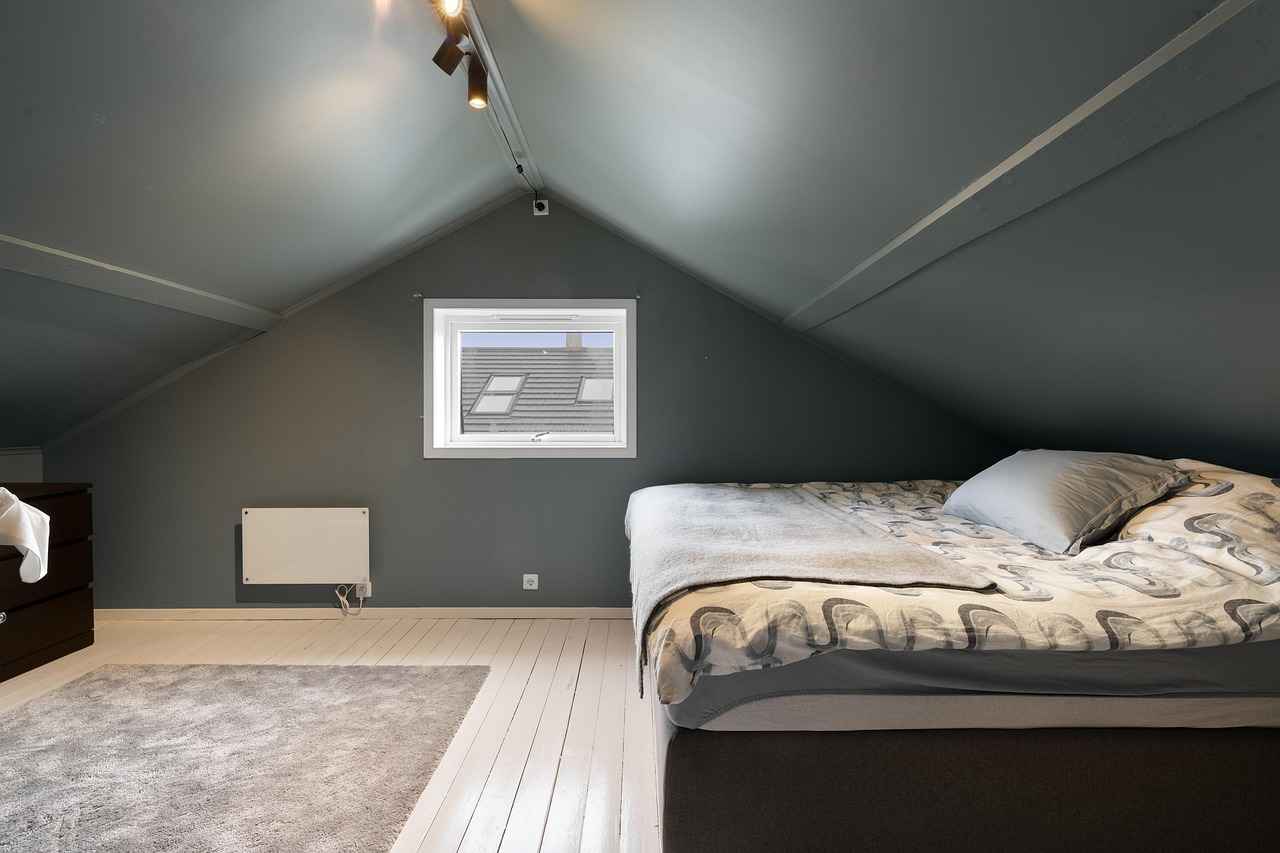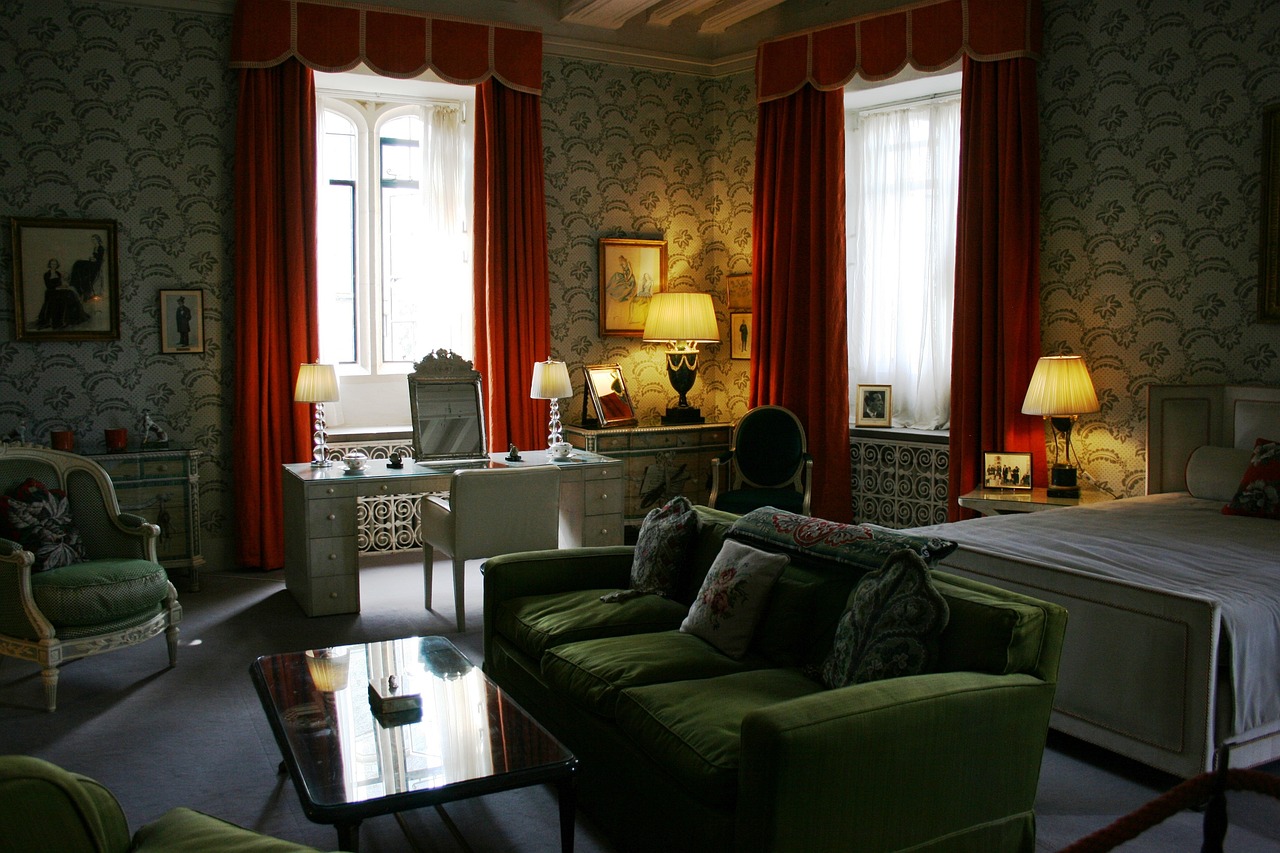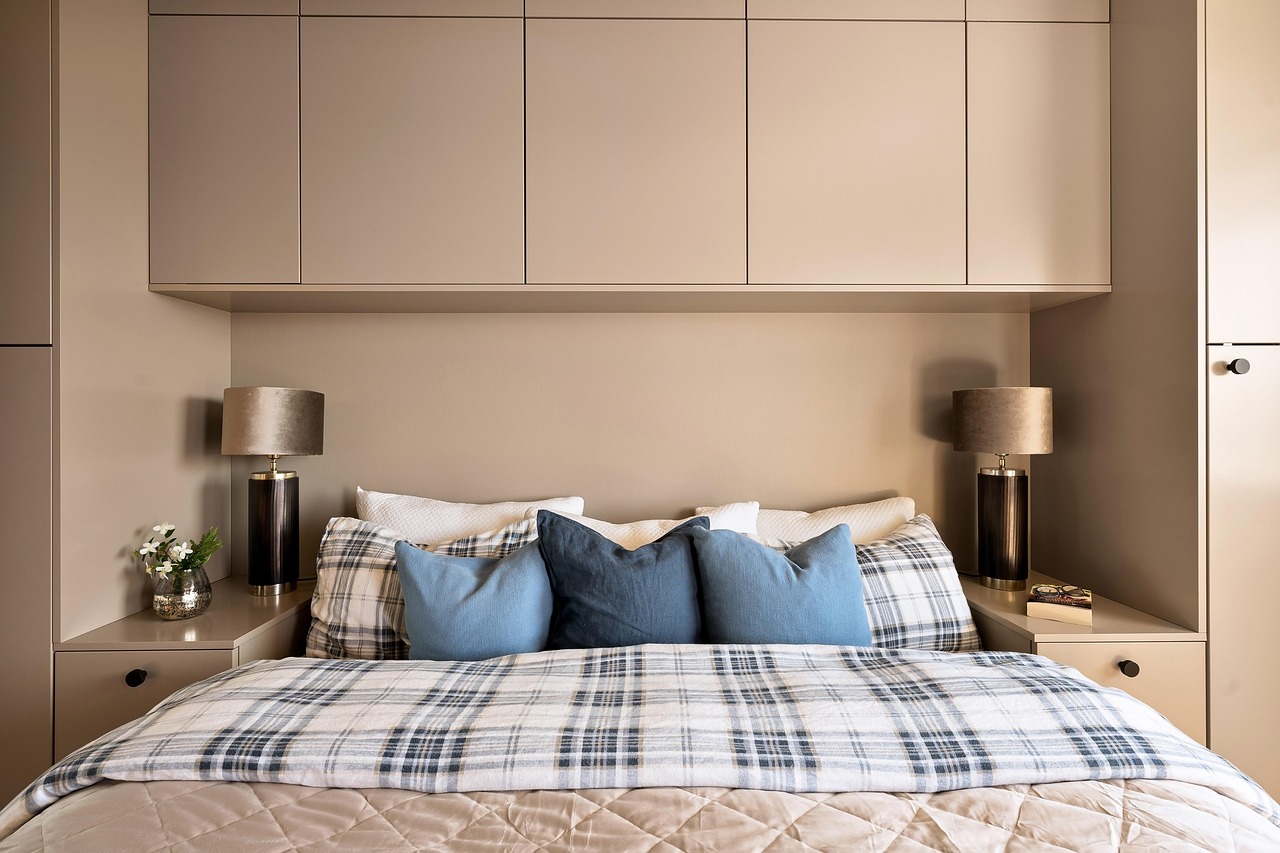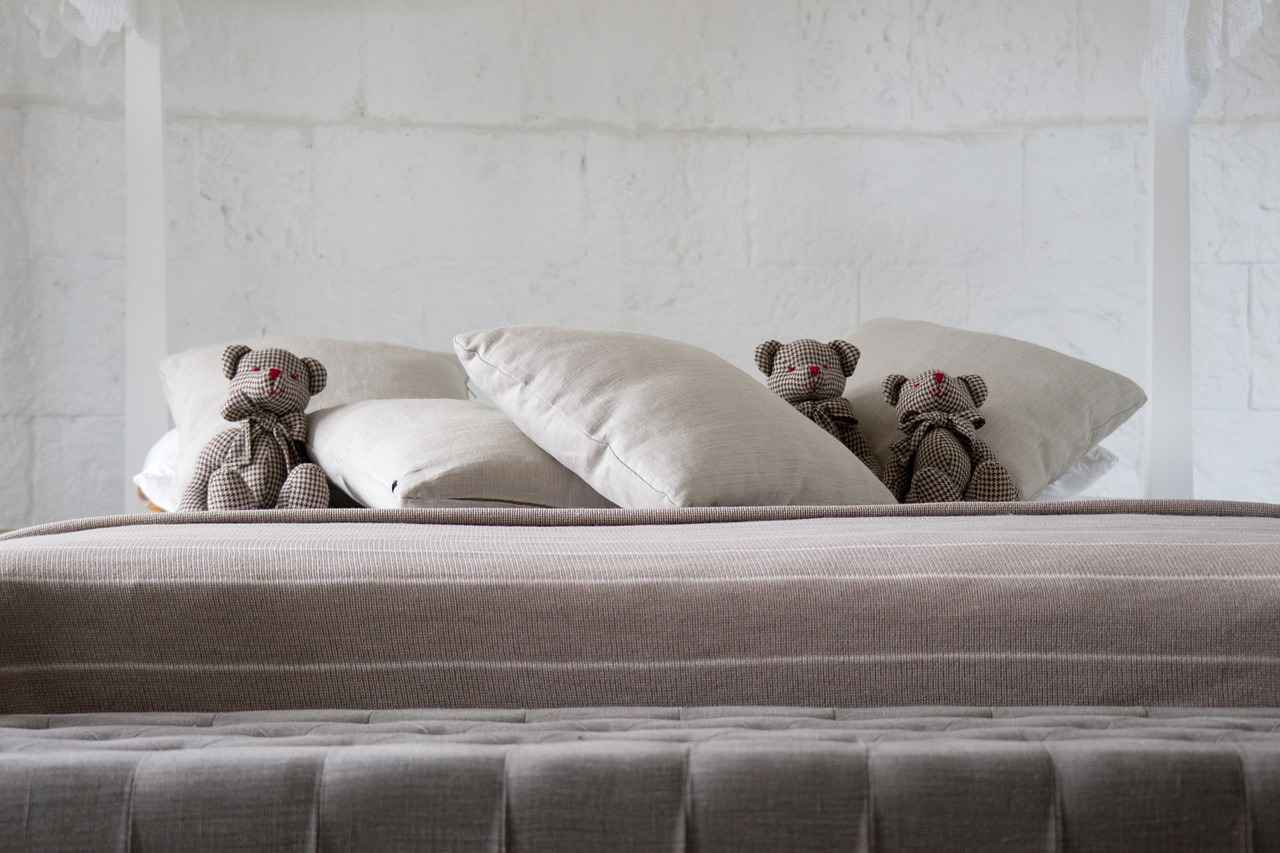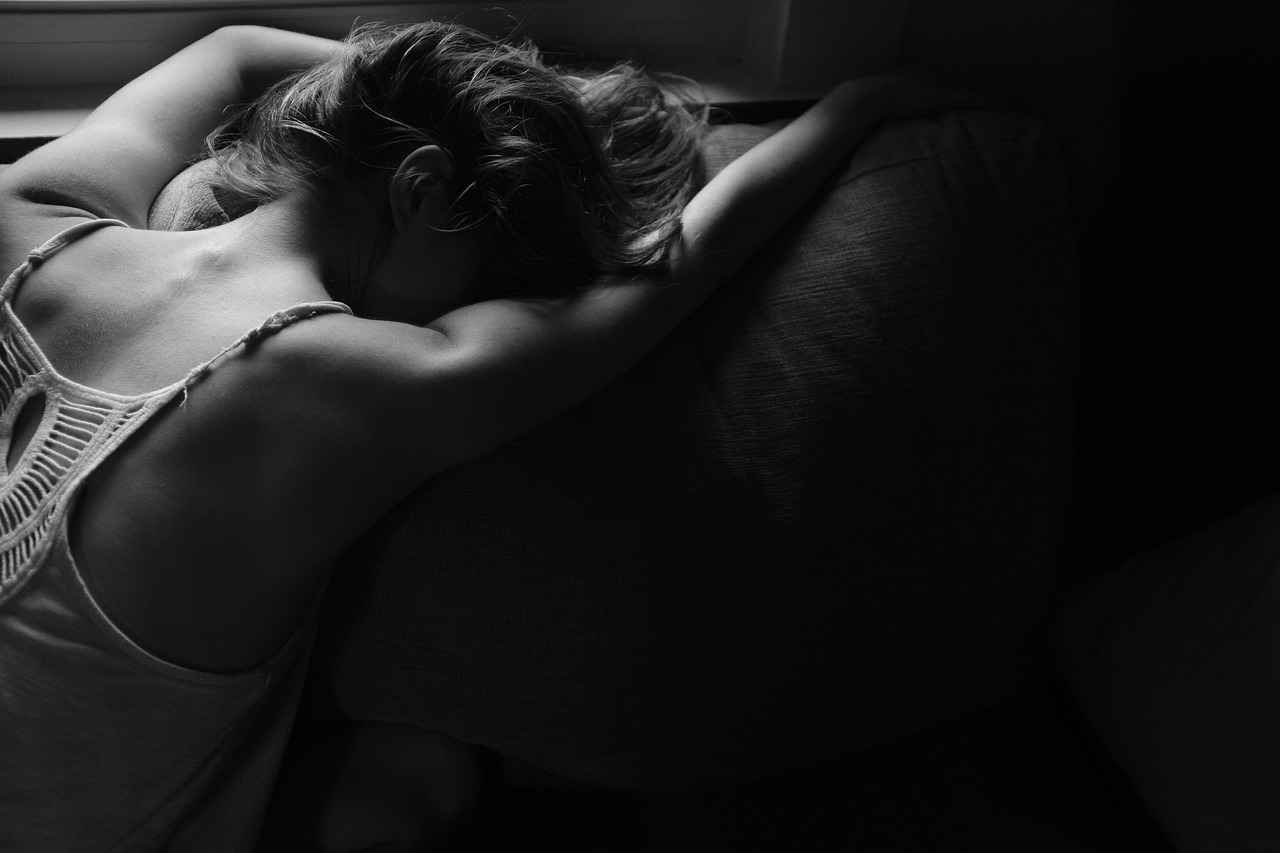This article explores various wood bed designs that embody classic aesthetics, offering insights into styles, materials, and inspirations to help you create a timeless bedroom environment.
When it comes to designing a bedroom that exudes elegance and warmth, the choice of bed frame plays a crucial role. A wood bed not only serves as the centerpiece of the room but also reflects personal style and taste. In this guide, we delve into the world of wood bed designs, focusing on their classic appeal and the various elements that contribute to their charm.
Understanding Classic Bed Design
Classic bed design emphasizes timeless elegance and craftsmanship. These beds often feature rich materials and intricate details that enhance the overall ambiance of a bedroom. From the choice of wood to the design elements, every aspect contributes to a cohesive and inviting space.
Popular Wood Types for Bed Frames
Choosing the right wood is crucial for durability and aesthetics. Here are some common options:
- Oak: Known for its strength and versatility, oak can fit various styles, from rustic to modern.
- Walnut: This wood is cherished for its rich, dark tones and intricate grain patterns, ideal for a luxurious look.
- Cherry: Cherry wood ages beautifully, developing a deep, rich color over time, making it a favorite for classic designs.
Oak Beds: Strength and Versatility
Oak is a popular choice due to its durability and versatility. It can be styled in myriad ways, accommodating both traditional and contemporary aesthetics.
White Oak vs. Red Oak
Understanding the differences between white and red oak can help you select the best option for your classic bed design. White oak tends to have a more muted, grayish hue, while red oak showcases a warm, reddish tone.
Finishing Techniques for Oak
Different finishing techniques can enhance the natural beauty of oak, adding depth and richness to your bed frame while providing protection against wear. Options include staining, varnishing, and oiling, each offering distinct visual effects.
Walnut Beds: Richness and Warmth
Walnut wood is known for its rich, dark tones and unique grain patterns, making it an excellent choice for a luxurious and classic bed design. Its natural luster can create an inviting atmosphere in any bedroom.
Design Styles for Classic Wood Beds
Classic wood beds can be designed in various styles, reflecting unique aesthetics and historical influences:
- Traditional Design Elements: These beds often feature ornate carvings, curved lines, and rich finishes, embodying a sense of history and craftsmanship.
- Modern Classic Fusion: This style combines modern elements with classic designs, creating a unique bed frame that maintains timeless appeal while incorporating contemporary aesthetics.
Incorporating Upholstery with Wood Beds
Upholstered headboards paired with wooden frames can add comfort and sophistication, enhancing the overall look of a classic bed design. This combination allows for a perfect blend of texture and style.
Choosing the Right Fabric
Selecting the right upholstery fabric is essential. Options like velvet, linen, or leather can dramatically influence the bed’s style and comfort level, allowing for personal expression.
Color Combinations for Upholstered Frames
Color combinations between wood and upholstery can create striking contrasts or harmonious blends, allowing for personalized design choices that suit your bedroom decor.
Accessorizing Your Classic Wood Bed
Accessories can elevate the aesthetic of your classic wood bed, enhancing its charm and functionality while maintaining a cohesive look in the bedroom. Consider the following:
- Choosing the Right Bedding: Select bedding that complements your wood bed’s color and style for a polished and inviting atmosphere.
- Nightstands and Lighting Options: Coordinating nightstands and lighting fixtures with your wood bed can create a cohesive design, enhancing both functionality and visual appeal in your bedroom space.
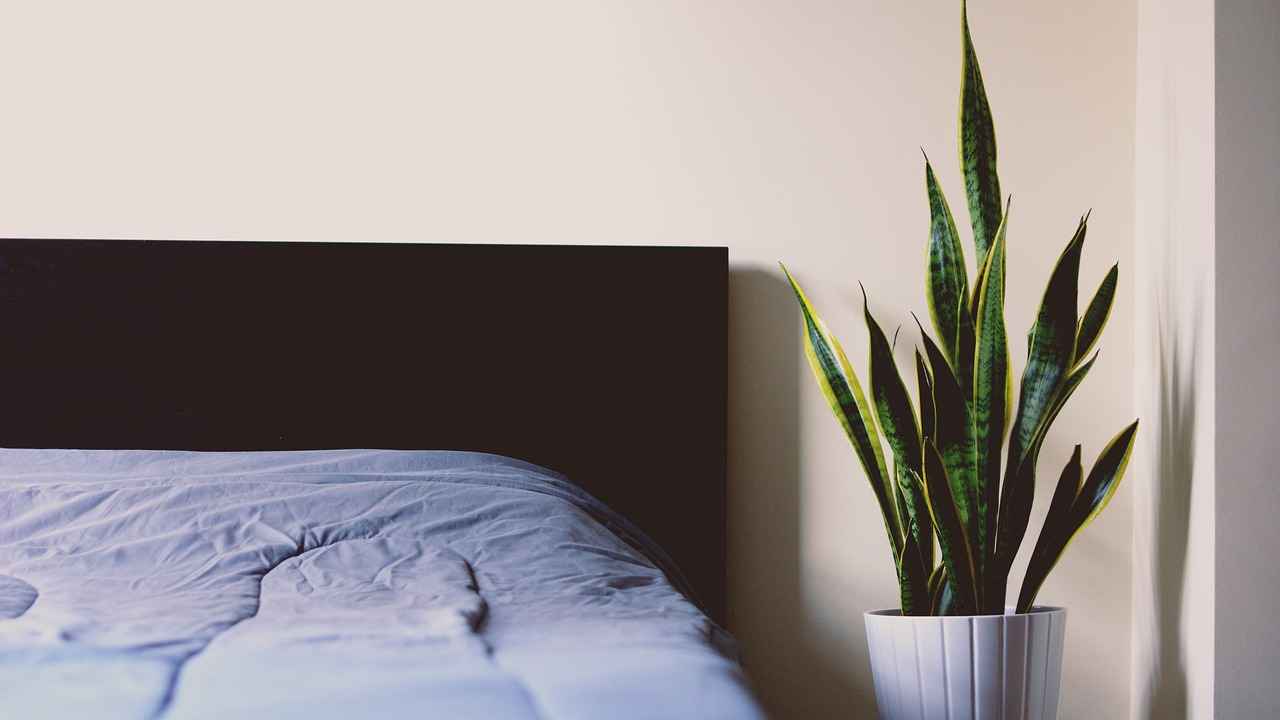
Understanding Classic Bed Design
Classic bed design is a celebration of timeless elegance and exceptional craftsmanship. This design philosophy often incorporates rich materials and intricate details, creating an inviting ambiance that transforms a bedroom into a serene retreat. The essence of classic bed design lies in its ability to blend functionality with aesthetic appeal, ensuring that each piece not only serves a purpose but also enhances the overall atmosphere of the room.
When we talk about classic bed design, we refer to styles that have stood the test of time, drawing inspiration from historical periods and traditional craftsmanship. These beds are characterized by their robust construction and attention to detail, often featuring elements such as ornate carvings, decorative moldings, and rich wood finishes. The use of high-quality materials like solid wood not only adds to the longevity of the bed but also contributes to its visual richness.
In classic bed designs, the headboard often plays a pivotal role. It can be upholstered in luxurious fabrics or made from solid wood, featuring intricate carvings that reflect the design’s overall theme. The choice of upholstery can dramatically influence the bed’s character; for instance, a velvet headboard adds a touch of opulence, while a linen finish offers a more understated elegance.
Furthermore, classic bed designs often embrace a variety of wood types, each contributing unique characteristics to the overall look. Oak, walnut, and cherry are popular choices, each bringing distinct grain patterns and hues that enhance the visual appeal of the bed. Oak, known for its strength and versatility, can adapt to various styles, making it a favorite among designers. Walnut, on the other hand, is celebrated for its rich, dark tones that exude luxury, while cherry wood offers a warm, inviting ambiance that deepens with age.
Another significant aspect of classic bed design is the finishing techniques applied to the wood. These techniques not only protect the wood but also enhance its natural beauty. A well-finished bed frame can showcase the intricate grain patterns, adding depth and richness that draws the eye. Techniques such as staining, varnishing, or oiling can bring out the unique characteristics of each wood type, ensuring that the bed remains a focal point in the bedroom.
In addition to the structural elements, the design style of classic beds can vary widely. Traditional designs often feature ornate details, such as curved lines and decorative accents that reflect a rich history of craftsmanship. Conversely, modern classic fusion styles combine contemporary aesthetics with traditional elements, creating a unique blend that appeals to a broader audience.
Ultimately, understanding classic bed design involves appreciating the intricate balance between form and function. By selecting high-quality materials, employing skilled craftsmanship, and considering the overall design theme, homeowners can create a timeless bedroom environment that transcends trends and remains beautiful for years to come.

Popular Wood Types for Bed Frames
When it comes to selecting the perfect wood for your bed frame, the choice is not merely about aesthetics; it also significantly impacts the durability and longevity of your furniture. Understanding the characteristics of different wood types can help you make an informed decision that aligns with your style and functional needs.
Choosing the right wood is crucial for both durability and aesthetics. Common options include oak, walnut, and cherry, each offering unique characteristics and finishes that can enhance your bedroom’s overall appeal.
- Oak: Known for its remarkable strength and versatility, oak is a favored choice for bed frames. It is available in two main varieties: white oak and red oak. White oak tends to be more resistant to moisture, making it ideal for humid environments, while red oak features a more pronounced grain pattern, offering a warm, rustic appeal.
- Walnut: Walnut wood is celebrated for its rich, dark tones and intricate grain patterns. It exudes a sense of luxury, making it a perfect choice for those looking to create a classic yet sophisticated bedroom environment. Walnut is also relatively easy to work with, allowing for intricate designs and details.
- Cherry: Cherry wood is known for its warm reddish-brown hue that deepens with age, adding character and elegance to any bed frame. Its smooth texture and fine grain make it a popular choice for traditional and modern designs alike. Cherry is also durable and resistant to wear, ensuring that your bed frame will last for years to come.
Each wood type brings its own set of characteristics that can influence your choice. For example, oak is incredibly durable, making it suitable for families with children or pets. Walnut, while slightly softer, offers a unique aesthetic that can elevate the style of any bedroom. Cherry, on the other hand, provides a classic look that can seamlessly blend with various design themes.
Once you’ve chosen your wood type, the next step is to consider the finishing options. Different finishing techniques can enhance the natural beauty of the wood, adding depth and richness to your bed frame. For instance, a clear varnish can highlight the grain patterns of oak, while an oil finish on walnut can deepen its color and luster. Cherry wood often benefits from a simple stain that accentuates its natural tones without overpowering its inherent beauty.
When selecting wood for your bed frame, it’s also important to consider the environmental impact. Opting for sustainably sourced wood can help reduce deforestation and promote responsible forestry practices. Look for certifications such as the Forest Stewardship Council (FSC) label, which ensures that the wood has been harvested sustainably.
Another trend in modern furniture design is the combination of different wood types. For example, a bed frame that features a walnut headboard paired with oak side rails can create a stunning visual contrast while maintaining durability. This approach allows you to customize your bed frame to reflect your personal style and preferences.
In summary, selecting the right wood for your bed frame is essential for achieving both durability and aesthetic appeal. By understanding the unique characteristics of oak, walnut, and cherry, you can make an informed decision that enhances your bedroom’s overall design. Whether you prefer the strength of oak, the richness of walnut, or the classic elegance of cherry, each option offers distinct advantages that can transform your sleeping space into a timeless retreat.
Oak Beds: Strength and Versatility
When it comes to selecting materials for bed frames, oak stands out as a premier choice due to its remarkable durability and versatility. This timeless wood has been cherished for centuries, making it suitable for a wide range of design styles, from rustic charm to sleek, contemporary aesthetics. Its inherent strength allows it to withstand the test of time, making it a wise investment for any bedroom.
One of the defining features of oak is its ability to adapt to various design themes. For those who prefer a more traditional look, oak can be crafted into ornate bed frames with detailed carvings and classic lines. Alternatively, it can be finished in a minimalist style, showcasing clean lines and a modern silhouette that appeals to contemporary tastes. The wood’s natural grain patterns add a unique character to each piece, ensuring that no two oak beds are exactly alike.
Two primary varieties of oak are commonly used in furniture making: white oak and red oak. Each type possesses distinct characteristics that can influence your choice. White oak is known for its water resistance and strength, making it ideal for sturdy bed frames. Its lighter hue and straight grain lend a more refined appearance, perfect for a sophisticated bedroom setting. On the other hand, red oak features a warmer tone and a more pronounced grain pattern, which can add a rustic feel to your space. Understanding these differences can help you choose the best option for your desired aesthetic.
When finishing oak wood, various techniques can enhance its natural beauty while providing protection against wear and tear. Staining is a popular method that can deepen the wood’s color, while varnishing adds a glossy finish that highlights the grain. Additionally, oil finishes can penetrate the wood, providing a natural look while ensuring the bed frame is well-protected. Each finishing option can dramatically affect the overall appearance and longevity of your oak bed.
Furthermore, oak beds can seamlessly incorporate other design elements, such as upholstered headboards. This combination not only adds comfort but also introduces a layer of sophistication to the bed’s design. The choice of upholstery fabric—be it velvet, linen, or leather—can dramatically influence the bed’s style, allowing for personalized touches that reflect your taste.
In terms of color combinations, oak pairs beautifully with a variety of hues. Light-colored fabrics can create a striking contrast against the warm tones of oak, while darker shades can offer a more cohesive, monochromatic look. These choices allow homeowners to tailor their bedrooms to their personal style, ensuring that the oak bed remains a focal point of the room.
Finally, accessorizing your oak bed with carefully chosen bedding, nightstands, and lighting can elevate the overall aesthetic. Coordinating these elements not only enhances functionality but also creates a harmonious design that ties the room together. Selecting bedding that complements the oak’s color and finish can lead to a polished and inviting atmosphere, making your bedroom a sanctuary of comfort and style.
In summary, oak beds offer a unique blend of strength and versatility, making them an excellent choice for any bedroom. Their adaptability to various design styles, coupled with the ability to enhance their natural beauty through finishing techniques and accessories, ensures that oak remains a timeless and cherished option for furniture enthusiasts.
White Oak vs. Red Oak
is an important consideration when selecting wood for your classic bed design. Both types of oak have unique characteristics that can significantly influence the aesthetic and functional qualities of your furniture.
Understanding the Key Differences
- Grain Patterns: White oak features a more subtle and straight grain pattern, while red oak is known for its prominent, open grain. This distinction can affect the overall look of your bed frame, with white oak offering a more refined appearance and red oak providing a more rustic feel.
- Color Variations: The color of white oak tends to be a light tan to a pale brown, providing a neutral palette that complements various decor styles. In contrast, red oak has a warmer, reddish hue that adds a touch of richness and vibrancy to your design.
- Durability: White oak is generally considered more durable than red oak, making it an excellent choice for high-use furniture like bed frames. Its resistance to moisture and wear makes it suitable for various climates and conditions.
- Workability: Both types of oak are relatively easy to work with, but white oak’s density can make it slightly more challenging to cut and shape. Red oak, being softer, can be easier to manipulate for intricate designs.
Choosing the Right Oak for Your Bed Design
When deciding between white and red oak, consider the overall style and ambiance you wish to create in your bedroom. If you prefer a modern, minimalist look, white oak may be the better choice due to its clean lines and understated elegance. On the other hand, if you are leaning towards a more traditional or rustic style, red oak could provide the warmth and character you desire.
Finishing Options for Oak Beds
The finishing process can also impact the final appearance of your oak bed. Both white and red oak can be stained or finished in various ways to enhance their natural beauty. For instance, a clear finish on white oak can highlight its subtle grain, while a rich stain on red oak can deepen its color and accentuate its grain patterns.
Environmental Considerations
Another aspect to consider is sustainability. Both white and red oak are sourced from North American forests, but it is essential to ensure that your wood is harvested responsibly. Look for certifications such as FSC (Forest Stewardship Council) to ensure your oak is sourced sustainably.
Conclusion
Understanding the differences between white and red oak can significantly impact your choice for a classic bed design. By considering factors such as grain patterns, color variations, durability, and finishing options, you can select the wood that best aligns with your aesthetic preferences and functional needs. Whether you choose the refined elegance of white oak or the warm richness of red oak, both options offer timeless beauty and durability for your bedroom.
Finishing Techniques for Oak
When it comes to enhancing the natural beauty of oak furniture, particularly bed frames, finishing techniques play a crucial role. These techniques not only add depth and richness to the wood but also provide essential protection against wear and tear, ensuring that your investment lasts for years to come.
Oak is renowned for its durability and versatility, making it a popular choice for bed frames. However, without the right finish, its stunning grain and texture can go unnoticed. Here are some of the most effective finishing techniques that can elevate the appearance of your oak bed frame:
- Staining: Applying a stain can dramatically change the color of oak, enhancing its natural grain patterns. Darker stains can add a touch of elegance, while lighter stains can create a more rustic look. The choice of stain can significantly influence the overall aesthetic of your bedroom.
- Varnishing: Varnish provides a protective layer that enhances the wood’s natural shine. It also prevents moisture and dirt from penetrating the surface, making it easier to maintain. A glossy varnish can create a sophisticated finish, while a matte varnish offers a more subdued appearance.
- Oil Finishes: Using natural oils, such as tung or linseed oil, can deeply penetrate the wood, providing a rich, warm finish. This method allows the oak to breathe, enhancing its natural beauty without creating a film on the surface. Regular reapplication is needed to maintain its luster.
- Waxing: Wax finishes can add a soft sheen to oak furniture, giving it a classic look. Wax can be applied over other finishes for added protection and can be buffed to achieve the desired level of shine. This technique is particularly favored for those who appreciate a more traditional feel.
- Painting: For a modern twist, consider painting your oak bed frame. This technique allows for bold color choices that can completely transform the look of the furniture. A high-quality primer and paint will ensure durability and a smooth finish.
Each of these techniques can be tailored to suit personal preferences and the overall design of the bedroom. For instance, a rustic farmhouse style may benefit from a distressed finish, while a more contemporary setting might call for sleek, glossy varnish.
Moreover, it’s important to consider the environmental impact of the finishing products used. Opting for low-VOC (volatile organic compounds) finishes can not only be better for your health but also for the environment. Many manufacturers now offer eco-friendly options that do not compromise on quality or appearance.
In addition to enhancing the aesthetic appeal of your oak bed frame, these finishing techniques also serve practical purposes. They protect the wood from scratches, spills, and fading, ensuring that your bed frame remains a centerpiece of your bedroom for many years. Regular maintenance, such as cleaning and reapplying finishes as needed, will keep your oak furniture looking its best.
Ultimately, the right finishing technique can significantly enhance the natural beauty of oak, making your bed frame a stunning focal point in your bedroom. By understanding the various options available and their benefits, you can make informed decisions that align with your style and maintenance preferences.
Walnut Beds: Richness and Warmth
When it comes to creating a luxurious and inviting bedroom, walnut wood stands out as a premier choice for bed frames. Known for its rich, dark tones and intricate grain patterns, walnut not only adds warmth to a space but also exudes a sense of sophistication and elegance. This wood type has been cherished for centuries, making it a staple in classic furniture design.
One of the most appealing aspects of walnut wood is its unique ability to enhance the overall aesthetic of a bedroom. The deep hues of walnut can range from chocolate brown to purplish tones, allowing for a versatile palette that complements various color schemes. This adaptability makes walnut an ideal choice for both traditional and modern bedroom designs.
In addition to its visual appeal, walnut wood is renowned for its durability. Unlike softer woods, walnut is dense and resistant to wear, making it suitable for everyday use. This resilience ensures that a walnut bed frame can withstand the test of time, maintaining its beauty and functionality for years to come.
When considering a walnut bed, one should also take into account the craftsmanship involved in its construction. Many walnut beds feature meticulous joinery and hand-carved details, showcasing the skill of artisans who create these timeless pieces. The combination of quality materials and expert craftsmanship results in a bed that is not only a functional piece of furniture but also a work of art.
Furthermore, walnut wood can be finished in various ways to enhance its natural beauty. Some may opt for a natural oil finish that highlights the grain, while others may choose a darker stain to achieve a more dramatic effect. These finishing techniques not only protect the wood but also allow homeowners to customize the look of their bed to fit their personal style.
Incorporating walnut wood into your bedroom design can also be an opportunity to embrace sustainability. Many walnut trees are harvested from responsibly managed forests, ensuring that the environmental impact is minimized. By choosing walnut furniture, you are making a conscious decision to support sustainable practices while enjoying the benefits of high-quality materials.
For those looking to create a cohesive bedroom design, pairing walnut beds with complementary accessories can elevate the overall look. Consider upholstered headboards in rich fabrics like velvet or linen, which can soften the strong lines of a wood frame while adding a touch of luxury. Additionally, coordinating nightstands and lighting fixtures made from walnut or other natural materials can create a harmonious atmosphere.
Ultimately, walnut beds represent a perfect blend of style, durability, and luxury. By choosing walnut wood for your bed frame, you are investing in a timeless piece that will not only enhance your bedroom’s aesthetic but also provide comfort and support for years to come. Whether you prefer a classic design with ornate details or a modern interpretation with clean lines, walnut wood offers endless possibilities for creating a bedroom that reflects your personal style and taste.

Design Styles for Classic Wood Beds
When it comes to classic wood beds, the design styles are as varied as the materials used to create them. Each style reflects unique aesthetics and historical influences, catering to a wide array of tastes and preferences. This exploration of design styles will provide insights into how these beds can enhance your bedroom environment.
Traditional wood bed designs are characterized by their ornate carvings, curved lines, and rich finishes. These elements embody a sense of history and craftsmanship that appeals to many homeowners. Often made from high-quality woods like oak and cherry, traditional beds feature intricate details such as:
- Turned posts that add visual interest and stability.
- Canopy designs that create an inviting and grand atmosphere.
- Headboards with detailed engravings or upholstered accents for added comfort.
These classic features not only enhance the aesthetic appeal but also evoke a sense of nostalgia, making them a favorite among those who appreciate timeless elegance.
The modern classic fusion style combines contemporary elements with traditional designs, creating a unique bed frame that maintains a timeless appeal while incorporating modern aesthetics. This style often features:
- Sleek lines and minimalistic designs that contrast with ornate details.
- Mixed materials, such as metal accents paired with wood for a fresh look.
- Neutral color palettes that offer versatility and easy integration into various decor styles.
This fusion allows homeowners to enjoy the elegance of classic designs while embracing modern trends, making it a popular choice for contemporary interiors.
Rustic wood beds bring a sense of coziness and warmth to any bedroom. Typically crafted from reclaimed wood or rough-hewn lumber, these beds often feature:
- Natural finishes that highlight the wood’s character and imperfections.
- Simple, sturdy designs that reflect a back-to-basics approach to furniture.
- Earthy color schemes that blend seamlessly with nature-inspired decor.
Rustic beds are perfect for creating a warm and inviting atmosphere, making them ideal for cabins or homes with a countryside aesthetic.
Contemporary minimalism is all about simplicity and functionality. Wood beds in this style often feature:
- Clean lines and geometric shapes that create a streamlined look.
- Low-profile designs that emphasize space and light.
- Monochromatic color schemes that promote a sense of calm and order.
This style appeals to those who prefer a clutter-free environment and appreciate the beauty of simplicity, making it an excellent choice for modern urban apartments.
Eclectic wood bed designs blend various styles, patterns, and colors, allowing for a personalized touch. This approach often includes:
- Mixing different wood types to create a unique visual effect.
- Incorporating bold colors or patterns in headboards or bedding.
- Combining vintage and modern elements for an artistic flair.
Eclectic designs invite creativity and self-expression, making them perfect for those who want their bedroom to reflect their individual style.
In conclusion, the variety of design styles available for classic wood beds allows homeowners to choose a look that resonates with their personal taste and complements their overall bedroom decor. Whether you prefer the ornate details of traditional designs or the simplicity of modern minimalism, there is a classic wood bed style that will enhance the beauty and functionality of your space.
Traditional Design Elements
When it comes to creating a bedroom that exudes charm and sophistication, play a pivotal role. These elements not only enhance the aesthetic appeal of a space but also infuse it with a sense of history and character. Traditional beds, in particular, are renowned for their intricate designs and rich materials, making them a favored choice among homeowners seeking to achieve a classic look.
Traditional beds often feature ornate carvings, which can range from delicate floral motifs to bold geometric patterns. These carvings are a testament to the craftsmanship involved in their creation, showcasing the skill and artistry of the woodworkers. The curved lines that characterize traditional bed designs add a sense of elegance and softness to the overall look, contrasting beautifully with the sturdiness of the wood. This combination of strength and grace creates a focal point in the bedroom, inviting relaxation and comfort.
Another defining aspect of traditional bed designs is their rich finishes. The use of deep stains and polished surfaces enhances the natural beauty of the wood, highlighting its unique grain patterns. Popular wood types such as oak, walnut, and cherry are often employed for their durability and visual appeal. Each wood type brings its own character to the design, with oak offering a classic warmth, walnut providing a luxurious richness, and cherry presenting a smooth, reddish hue.
| Wood Type | Characteristics | Best For |
|---|---|---|
| Oak | Durable, versatile, and strong | Traditional and rustic styles |
| Walnut | Rich, dark tones with intricate patterns | Luxurious and elegant designs |
| Cherry | Smooth finish with a warm reddish hue | Classic and refined aesthetics |
In addition to the physical attributes of traditional beds, their historical significance cannot be overlooked. Many designs draw inspiration from various periods, including Victorian, Colonial, and even Renaissance styles. This diversity allows homeowners to select a bed that resonates with their personal taste while paying homage to the rich history of furniture design.
Furthermore, traditional bed designs can seamlessly blend with modern elements, creating a modern classic fusion that appeals to contemporary sensibilities. By incorporating modern upholstery or minimalist decor alongside traditional features, homeowners can achieve a balanced aesthetic that honors the past while embracing the present.
To enhance the overall look of a traditional bed, consider accessorizing with complementary bedding, nightstands, and lighting options. Choosing bedding that reflects the colors and textures of the bed frame can create a cohesive and inviting atmosphere. Coordinating nightstands and lighting fixtures not only enhances functionality but also contributes to the room’s visual harmony.
In conclusion, traditional design elements in bed frames offer an unparalleled blend of history, craftsmanship, and elegance. By understanding the characteristics of various wood types and the significance of intricate designs, homeowners can create a timeless bedroom environment that reflects their unique style while celebrating the beauty of traditional craftsmanship.
Modern Classic Fusion
In the world of interior design, the fusion of modern and classic styles has gained immense popularity, particularly when it comes to creating unique bed frames. This approach allows homeowners to enjoy the best of both worlds—timeless elegance and contemporary aesthetics. By incorporating modern elements into classic designs, you can achieve a striking balance that enhances the overall appeal of your bedroom.
When we talk about , we refer to a design philosophy that embraces the intricate details and craftsmanship of traditional styles while integrating sleek lines and minimalistic features typical of modern design. This combination not only creates a visually stunning bed frame but also ensures that it remains functional and relevant in today’s fast-paced lifestyle.
- Materials Matter: The choice of materials plays a crucial role in achieving this fusion. While classic designs often utilize rich woods like oak and walnut, modern interpretations might incorporate metal accents or mixed materials, such as upholstered headboards paired with wooden frames. This blend can add depth and texture to the overall design.
- Color Palette: A well-thought-out color palette can enhance the fusion effect. Opting for neutral tones with bold accents can create a sophisticated look. For instance, a rich mahogany frame can be complemented by a vibrant, modern fabric for the headboard, bringing a fresh perspective to classic design.
- Shapes and Silhouettes: The silhouette of the bed frame is another critical aspect. Classic designs often feature ornate details and curves, whereas modern styles lean towards clean lines and geometric shapes. By merging these elements, you can create a bed frame that feels both timeless and contemporary.
To successfully execute a modern classic fusion in your bed frame design, consider the following tips:
- Research and Inspiration: Look for inspiration in various design magazines, websites, and social media platforms. Collect images that resonate with your vision of a modern classic bed frame.
- Consult with Experts: Collaborating with interior designers can provide valuable insights. Experts can help you navigate material choices, color schemes, and overall aesthetics to achieve your desired look.
- Personal Touch: Incorporate personal elements that reflect your style. Whether it’s a unique fabric choice or a custom finish, personal touches can make the design truly yours.
Moreover, the functionality of the bed frame should not be overlooked. A well-designed bed frame should not only look good but also provide comfort and support. Consider features like built-in storage or adjustable bases that cater to modern living needs.
In summary, the modern classic fusion approach to bed frame design opens up a world of possibilities for creating a unique and personalized bedroom space. By thoughtfully combining traditional craftsmanship with contemporary design elements, you can achieve a timeless look that resonates with today’s aesthetic sensibilities. This balance not only enhances the beauty of your bedroom but also creates an inviting atmosphere that reflects your style and personality.

Incorporating Upholstery with Wood Beds
When it comes to creating a stylish and comfortable bedroom, the combination of upholstered headboards and wooden bed frames stands out as a **top choice** for many homeowners. This pairing not only enhances the **visual appeal** of a classic bed design but also adds layers of comfort and sophistication that are hard to match.
Upholstered headboards can be crafted from a variety of materials, including **luxurious fabrics** like velvet, linen, or even leather. Each fabric brings its own unique texture and feel, allowing you to tailor the bed’s look to your personal style. For instance, a velvet headboard can evoke a sense of **opulence**, while a linen option may lend a more **casual and relaxed** vibe to the bedroom.
- Comfort: Upholstered headboards provide a cushioned surface that is perfect for leaning against while reading or watching television in bed.
- Versatility: They come in various colors, patterns, and textures, making it easy to coordinate with existing decor.
- Sound Absorption: The soft fabric can help absorb sound, creating a quieter and more serene sleeping environment.
When pairing an upholstered headboard with a wooden frame, it is essential to consider the color scheme. The contrast between the warmth of wood and the softness of upholstery can create a visually striking effect. For example, a dark walnut frame paired with a light-colored upholstery can create a beautiful balance, while a matching color scheme can evoke a sense of **cohesiveness** and harmony in the bedroom.
When selecting upholstery, consider the overall theme of your bedroom. If your decor leans towards the **traditional**, opt for rich, textured fabrics that enhance the classic feel. Alternatively, for a more **modern** look, choose bold colors or geometric patterns that can add a contemporary twist to your wooden bed frame.
Additionally, the choice of upholstery can influence the **comfort level** of your bed. Fabrics such as leather or faux leather offer a sleek and polished look, while softer materials like cotton or linen provide a more inviting and relaxed atmosphere. Don’t forget to consider the durability of the fabric, especially if you have pets or children.
Color combinations can significantly impact the overall aesthetic of your bedroom. A **contrasting color** between the headboard and the frame can create a focal point, drawing the eye and enhancing the room’s design. For instance, a deep navy blue headboard against a light oak frame can create a stunning visual effect. On the other hand, a monochromatic scheme, such as a beige headboard with a light wood frame, can produce a serene and cohesive look.
Furthermore, consider the **finish** of the wood frame. A matte finish may work better with softer, textured fabrics, while a glossy finish can complement smoother upholstery. This attention to detail can elevate the entire design, making it feel thoughtfully curated.
To enhance the overall look of your bed, consider adding accessories that complement both the upholstered headboard and the wooden frame. Decorative pillows in various shapes and sizes can add a layer of **comfort** and style, while throws can introduce additional texture and warmth. Additionally, coordinating bedding that matches or complements the upholstery can unify the look of your bedroom.
Lighting is another critical component. Bedside lamps or wall sconces that echo the materials or colors used in your bed can create a cohesive **design theme**. Choosing nightstands that harmonize with your wood frame can further solidify the classic look you are aiming for.
In summary, incorporating upholstered headboards with wooden bed frames not only enhances comfort but also adds a touch of **sophistication** to your bedroom. By carefully selecting fabrics, colors, and accessories, you can create a timeless and inviting space that reflects your personal style.
Choosing the Right Fabric
When it comes to designing a classic bed, for upholstery is a crucial step that can significantly impact both style and comfort. The fabric you select not only contributes to the aesthetic appeal of the bed but also influences its overall feel and functionality. With a plethora of options available, it’s essential to understand the characteristics of various fabrics to make an informed decision.
Among the most popular upholstery fabrics for beds are velvet, linen, and leather. Each of these materials offers unique properties that can enhance the bed’s design while providing different levels of comfort.
- Velvet: Known for its luxurious texture, velvet adds a touch of elegance to any bed. Its soft surface is inviting and warm, making it an ideal choice for creating a cozy atmosphere. Velvet is available in various colors, allowing for versatile design options.
- Linen: This natural fabric is celebrated for its breathability and durability. Linen’s slightly wrinkled appearance adds a relaxed charm, making it perfect for casual or coastal-themed bedrooms. Furthermore, linen is known for its ability to regulate temperature, ensuring comfort in different seasons.
- Leather: For a more sophisticated and modern look, leather is an excellent option. Its sleek finish and durability make it a long-lasting choice. Leather is easy to clean and maintain, which is a significant advantage for busy households.
The choice of upholstery fabric can dramatically alter the bed’s style. For instance, a velvet upholstered bed exudes a sense of luxury and opulence, while a linen fabric can impart a more casual and airy feel. Leather, on the other hand, brings a contemporary edge that can appeal to modern aesthetics.
In terms of comfort, the fabric affects how the bed feels against the skin. Velvet offers a plush, soft sensation, whereas linen provides a cool and crisp touch. Leather, while smooth, can sometimes feel cold to the touch, but it warms up quickly with body heat.
Durability is another factor to consider when selecting upholstery fabric. Velvet, while luxurious, may require more care to maintain its appearance over time. Linen is generally strong but can be prone to staining if not treated properly. Leather is highly durable and can withstand wear and tear, making it an excellent investment for long-term use.
Maintenance varies across fabrics; velvet may need regular vacuuming and occasional professional cleaning, while linen can often be machine washed. Leather typically requires specific cleaning products to maintain its luster and prevent cracking.
Color and pattern play a pivotal role in how the fabric interacts with the overall bedroom design. Neutral tones can create a calming effect, while bold colors can serve as a focal point in the room. Patterns, such as stripes or florals, can add visual interest and character to the bed.
When selecting colors, consider the existing color palette of the bedroom. A harmonious blend between the wood tones of the bed frame and the upholstery can create a cohesive look, enhancing the overall aesthetic of the space.
In conclusion, selecting the right upholstery fabric for your bed is a decision that should not be taken lightly. By considering factors such as style, comfort, durability, and maintenance, you can choose a fabric that not only meets your aesthetic desires but also enhances the functionality of your bedroom. Whether you opt for the luxurious feel of velvet, the casual charm of linen, or the modern sophistication of leather, the right choice will elevate your bed to a centerpiece of comfort and style.
Color Combinations for Upholstered Frames
When it comes to designing a bedroom, the color combinations between wood and upholstery play a pivotal role in establishing the overall aesthetic. The right mix can create striking contrasts or harmonious blends, allowing for personalized design choices that reflect your unique style. This section delves into how you can effectively combine wood and upholstery to enhance your bedroom decor.
Wooden bed frames, with their natural warmth and texture, provide a solid foundation for any design. When paired with upholstery, the combination can transform the look and feel of your space. For instance, a dark walnut bed frame can be beautifully complemented by a light-colored upholstery, such as cream or soft gray, creating a stunning visual contrast that draws the eye. This juxtaposition not only adds depth but also creates a sense of balance within the room.
On the other hand, if you prefer a more harmonious look, consider using upholstery in similar tones to the wood. For example, a light oak bed frame can be paired with a beige or soft taupe upholstery, allowing the materials to blend seamlessly. This approach can evoke a sense of tranquility, perfect for a restful bedroom environment.
When selecting colors, it’s essential to consider the overall theme of your bedroom. If you’re aiming for a modern aesthetic, bold colors like navy blue or emerald green can add a contemporary flair when used in upholstery. These colors can create a striking contrast against lighter wood finishes, making your bed the focal point of the room.
Moreover, textural contrast is another important factor. Mixing different textures can elevate the visual interest of your space. A smooth, polished wood frame paired with a plush velvet or textured linen upholstery can create a rich, layered look. This not only enhances the tactile experience but also adds a layer of sophistication to your bedroom decor.
Lighting also plays a significant role in how colors are perceived. The way light interacts with both wood and upholstery can dramatically change the ambiance of the space. For instance, natural light can warm up wood tones, while soft lighting can enhance the richness of upholstery colors, creating a cozy and inviting atmosphere.
In addition to color and texture, consider the pattern of the upholstery. Patterns can add a dynamic element to your design. A floral or geometric print can bring a touch of personality to a classic wooden bed frame, making it feel more contemporary and lively. However, it’s crucial to balance patterns with solid colors to avoid overwhelming the space.
Ultimately, the key to successful color combinations lies in understanding your personal style and the mood you wish to create. Whether you opt for bold contrasts or subtle blends, the combination of wood and upholstery can significantly influence the comfort and aesthetic appeal of your bedroom. Experimenting with different hues, textures, and patterns can lead to unique and personalized design choices that truly reflect your individual taste.
In conclusion, thoughtful consideration of color combinations between wood and upholstery can elevate your bedroom decor, making it a true reflection of your style. By balancing contrasts and harmonies, you can create a space that is not only visually appealing but also inviting and comfortable.
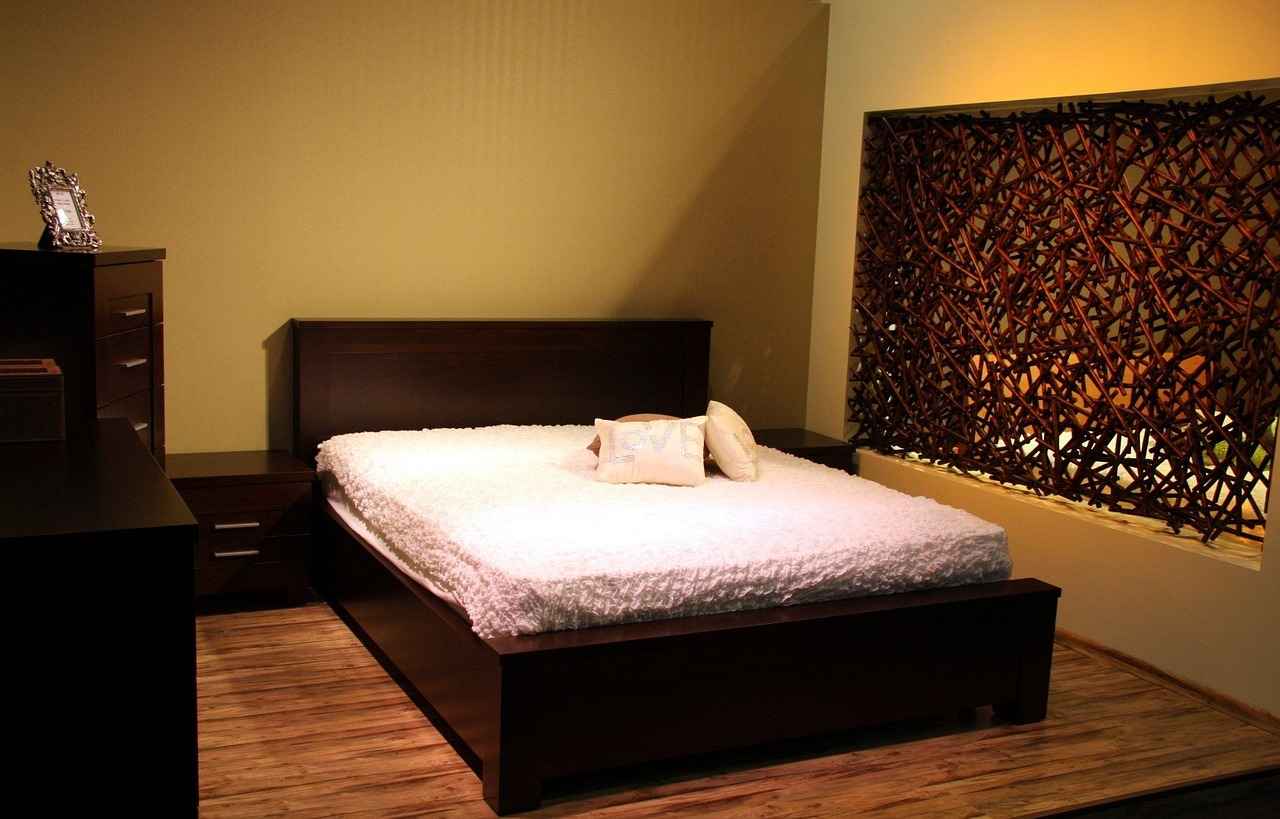
Accessorizing Your Classic Wood Bed
Accessorizing your classic wood bed is an essential step in creating a harmonious and inviting bedroom atmosphere. The right accessories not only enhance the aesthetic appeal of your bed but also contribute to its functionality. By thoughtfully selecting complementary items, you can achieve a cohesive look that reflects your personal style while maintaining the charm of the wood bed.
The bedding you select plays a pivotal role in defining the overall look of your bedroom. Opt for luxurious fabrics that complement the wood tones of your bed. For instance, if your bed is made of dark walnut, consider lighter bedding options such as crisp whites or soft pastels to create a stunning contrast. Alternatively, if your bed frame is a lighter oak, rich jewel tones can add depth and warmth.
- Layering Textures: Incorporate various textures by mixing materials like cotton sheets, a knitted throw blanket, and plush pillows. This layering effect not only enhances visual interest but also adds comfort.
- Pattern Coordination: If you prefer patterns, choose designs that echo the wood’s grain or color palette. Floral or geometric prints can bring a modern twist to a classic bed.
Nightstands are more than just functional pieces; they are integral to the overall design of your bedroom. Select nightstands that resonate with the style of your wood bed. A matching wood finish can create a seamless look, while contrasting materials can introduce an eclectic vibe.
- Functional Nightstands: Ensure your nightstands have enough surface area for essentials like lamps, books, and personal items. Look for designs that offer additional storage, such as drawers or shelves.
- Lighting Choices: The right lighting can dramatically affect the ambiance of your bedroom. Consider table lamps with shades that coordinate with your bedding or a statement chandelier that adds a touch of elegance.
Incorporating decorative accessories is an excellent way to personalize your classic wood bed. Items such as artwork, mirrors, and decorative trays can enhance the overall aesthetic and functionality of the space.
- Artwork: Hang artwork above the bed that complements the color scheme and style of your room. This can serve as a focal point and add character to your space.
- Mirrors: Positioning a mirror near your bed can create an illusion of space and reflect light, making the room feel larger and more inviting.
- Decorative Trays: Use decorative trays on your nightstand to organize small items like jewelry, watches, or reading glasses while adding a stylish touch.
Textiles play a significant role in enhancing the comfort and style of your bedroom. A well-chosen area rug can tie the room together while providing warmth underfoot.
- Area Rugs: Choose a rug that complements the wood tones of your bed. Natural fibers like jute or wool can add texture, while colorful patterns can inject personality into the space.
- Curtains: Select curtains that frame your bed beautifully. Light, airy fabrics can create a serene atmosphere, while heavier drapes can add drama and warmth.
By carefully selecting accessories that enhance your classic wood bed, you can create a bedroom that is not only stylish but also functional. The right bedding, nightstands, lighting, and decorative elements work together to create a cohesive and inviting space. Embrace your personal style and let your classic wood bed shine as the centerpiece of your beautifully accessorized bedroom.
Choosing the Right Bedding
When it comes to creating a harmonious and inviting bedroom, is essential. The bedding you select should not only be comfortable but also complement the color and style of your wood bed. A well-coordinated bedding ensemble can transform your bedroom into a sanctuary of relaxation and style.
First and foremost, consider the color palette of your wood bed. Whether it’s a rich walnut or a light oak, the hues of your bedding should either contrast or harmonize with the wood tones. For instance, if your bed frame features a dark finish, opting for lighter bedding can create a striking visual contrast. Conversely, if your wood bed is a lighter shade, consider deeper colors or vibrant patterns to add depth and interest.
| Wood Type | Recommended Bedding Colors |
|---|---|
| Walnut | Soft creams, muted golds, or deep blues |
| Oak | Earthy greens, rust, or rich burgundy |
| Cherry | Ivory, pastel shades, or vibrant jewel tones |
In addition to color, the style of bedding plays a crucial role in enhancing the overall aesthetic of your bedroom. For a classic look, consider using luxurious fabrics such as cotton sateen or linen, which can add an element of sophistication. If your wood bed has a more rustic design, opt for bedding with natural textures like cotton or flannel to maintain a cozy atmosphere.
- Textured Bedding: Incorporating textured bedding, such as quilts or knitted throws, can add dimension and warmth to your space.
- Layering: Layering different bedding elements—such as sheets, duvets, and decorative pillows—can create a visually appealing arrangement that invites comfort.
- Patterns: If your wood bed features intricate designs, consider using solid-colored bedding to avoid clashing. Conversely, if your bed is simple, patterned bedding can add interest.
Another important aspect to consider is the seasonality of your bedding. Lighter fabrics and colors are ideal for warmer months, while heavier materials and darker tones are perfect for the colder seasons. This not only keeps your bedroom looking fresh throughout the year but also enhances comfort.
Lastly, don’t forget about the accessories. Coordinating your pillows, throws, and even your bed skirt with your bedding can create a cohesive look that ties your entire bedroom together. Accessories are an opportunity to express your personal style and can range from decorative cushions to elegant bedspreads.
In summary, selecting bedding that complements your wood bed’s color and style is crucial for achieving a polished and inviting bedroom atmosphere. By considering color, fabric, texture, and seasonal changes, you can create a space that is not only stylish but also a true reflection of your personality.
Nightstands and Lighting Options
When designing your bedroom, the importance of coordination between furniture pieces cannot be overstated. Specifically, nightstands and lighting fixtures play a pivotal role in enhancing the overall aesthetic and functionality of your space, especially when paired with a wooden bed frame. By thoughtfully selecting and coordinating these elements, you can achieve a cohesive design that not only looks appealing but also serves your daily needs.
The choice of nightstands is crucial when it comes to complementing your wooden bed. Opting for nightstands made from the same wood type as your bed frame can create a seamless look. For instance, if your bed is crafted from walnut, consider walnut nightstands to maintain uniformity. However, mixing wood types can also work if done thoughtfully. For example, pairing a walnut bed with a lighter oak nightstand can add visual interest while still maintaining a sophisticated balance.
In terms of style, traditional nightstands often feature ornate carvings and rich finishes that echo the craftsmanship of classic wood beds. On the other hand, modern nightstands with clean lines and minimalistic designs can provide a fresh contrast, especially when combined with a more intricate bed frame. It’s essential to consider the scale of your nightstands in relation to your bed; they should be proportionate in height and size to ensure harmony in your bedroom layout.
Next, let’s discuss lighting options. The right lighting can dramatically enhance the ambiance of your bedroom. Table lamps on your nightstands can provide practical illumination for reading or nighttime activities. When selecting lamps, consider their style and finish to ensure they align with the overall design theme of your bedroom. For instance, a sleek metallic lamp can create a modern touch, while a vintage-style lamp can enhance a classic aesthetic.
Another popular choice is wall sconces. These fixtures can save space on your nightstands while adding a decorative element to your walls. When hung at the right height, sconces can provide focused lighting for reading without the clutter of table lamps. Additionally, consider dimmable options for a versatile lighting solution that allows you to adjust the mood of your bedroom effortlessly.
Moreover, incorporating ambient lighting through ceiling fixtures can unify the room. A chandelier or pendant light can serve as a stunning focal point, drawing the eye upward and enhancing the perception of height in the space. Choose finishes that echo the wood tones of your bed and nightstands to create a cohesive look.
Finally, don’t overlook the importance of functionality. Your nightstands should not only complement your bed visually but also serve practical purposes. Look for designs that offer storage solutions, such as drawers or shelves, to keep your bedside essentials organized. This will help maintain a tidy appearance and enhance the overall functionality of your bedroom.
In summary, coordinating your nightstands and lighting fixtures with your wood bed is a fundamental aspect of bedroom design. By selecting complementary styles, materials, and finishes, you can create a harmonious and inviting space that reflects your personal taste while enhancing both functionality and visual appeal.
Frequently Asked Questions
- What wood types are best for classic bed designs?
When it comes to classic bed designs, oak, walnut, and cherry are top choices. Each type brings its own unique characteristics and durability, making them perfect for timeless aesthetics.
- How do I choose the right upholstery for my wood bed?
Selecting the right upholstery is crucial! Consider fabrics like velvet, linen, or leather to enhance both comfort and style. The fabric can dramatically change the bed’s overall appearance, so choose wisely!
- Can I mix modern and classic styles in my bedroom?
Absolutely! Mixing modern elements with classic designs can create a unique look that embodies both timeless appeal and contemporary flair. Just ensure that the combination feels cohesive and reflects your personal style.
- What accessories should I consider for my classic wood bed?
Accessories like nightstands, lighting fixtures, and bedding can elevate your wood bed’s aesthetic. Choose items that complement the wood’s color and style for a polished look!


